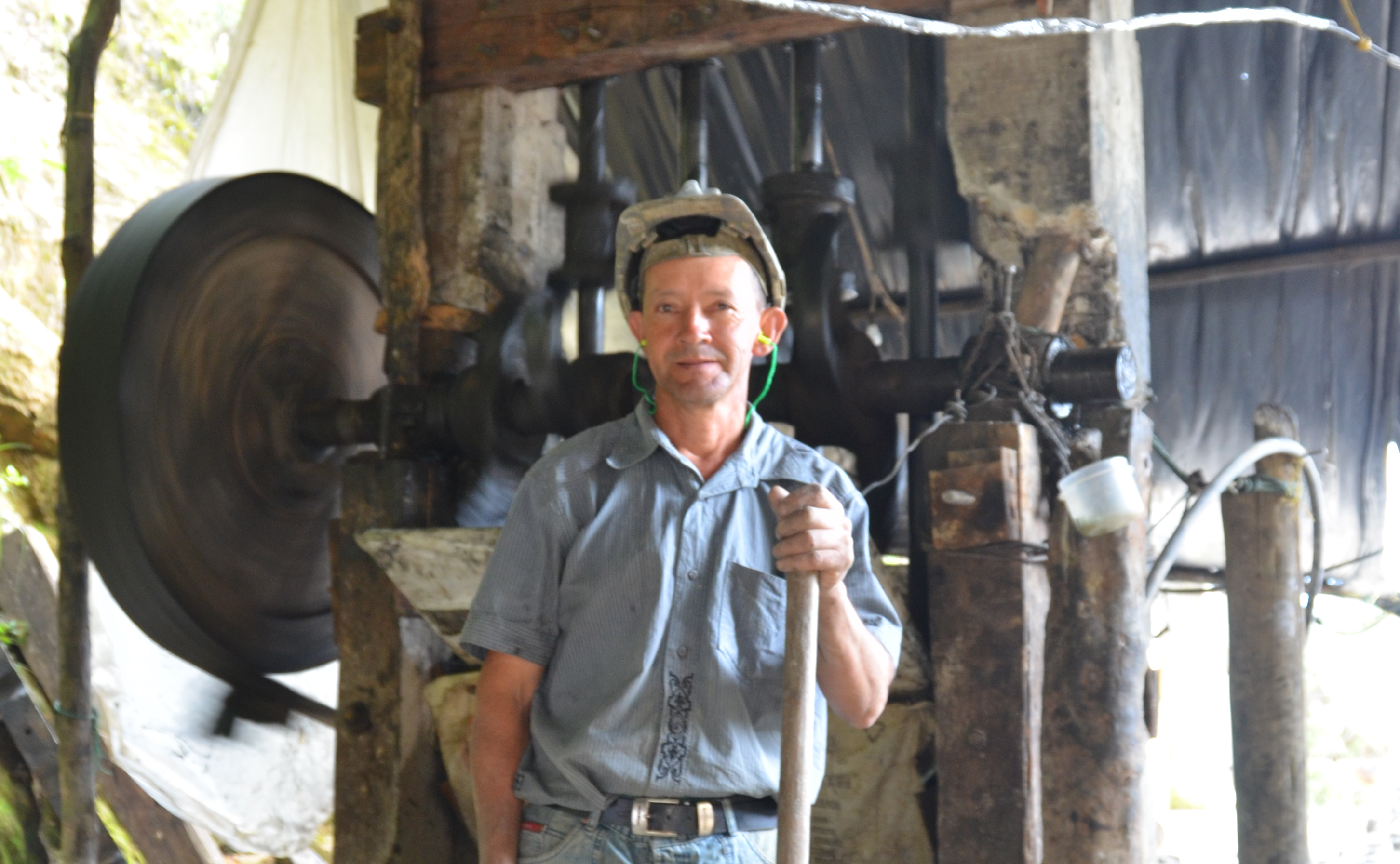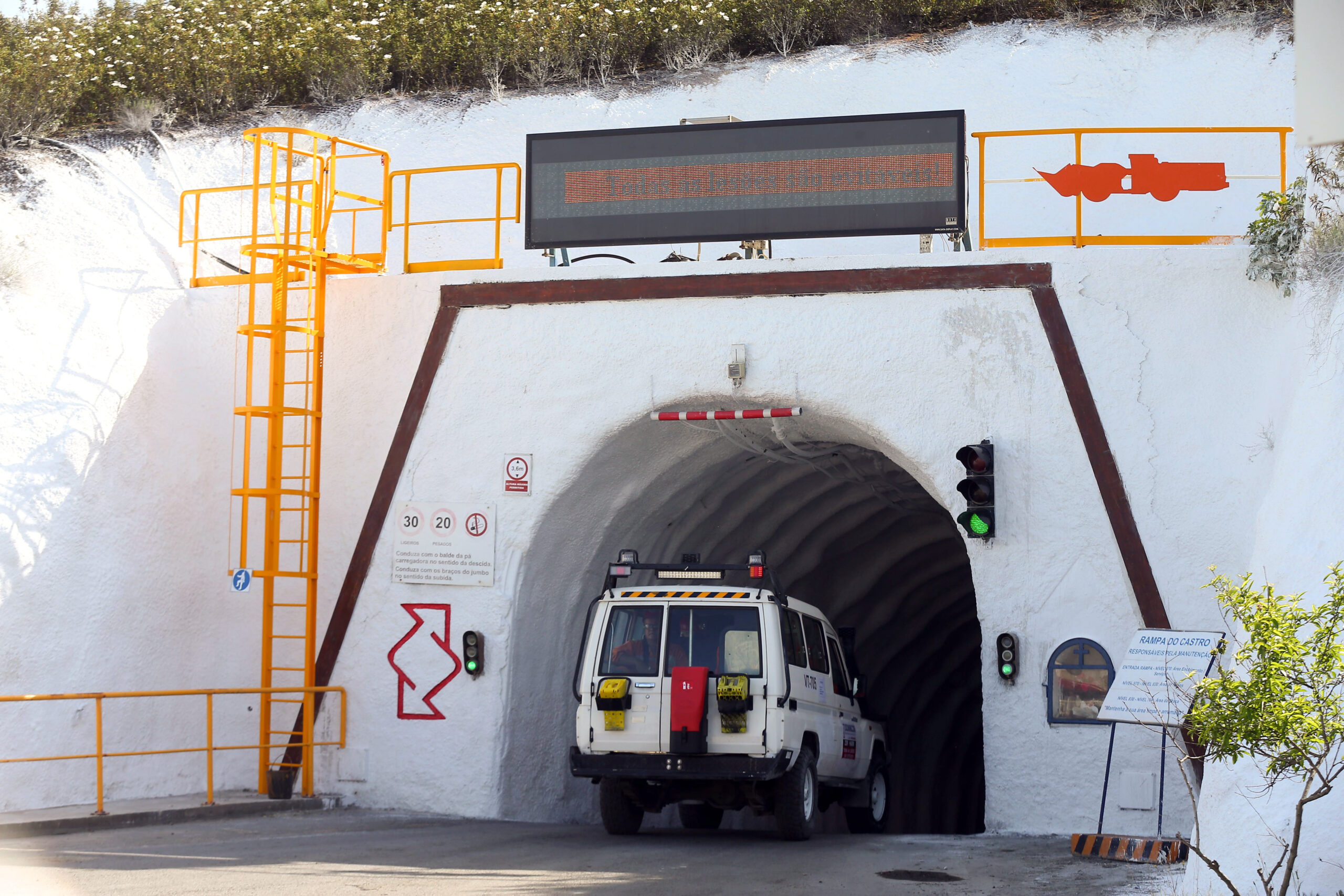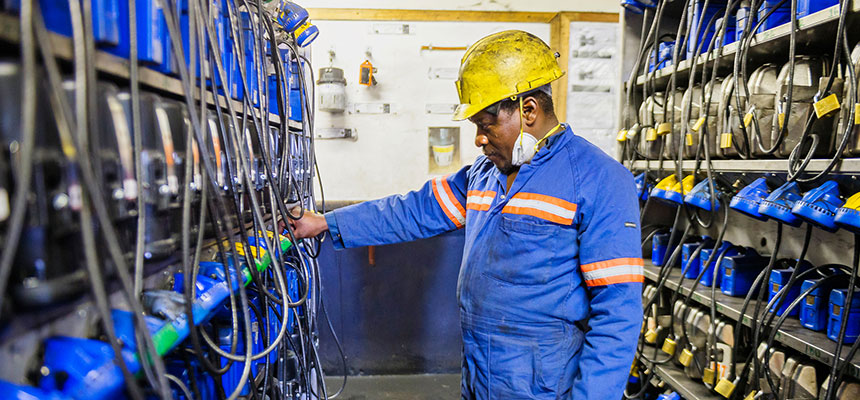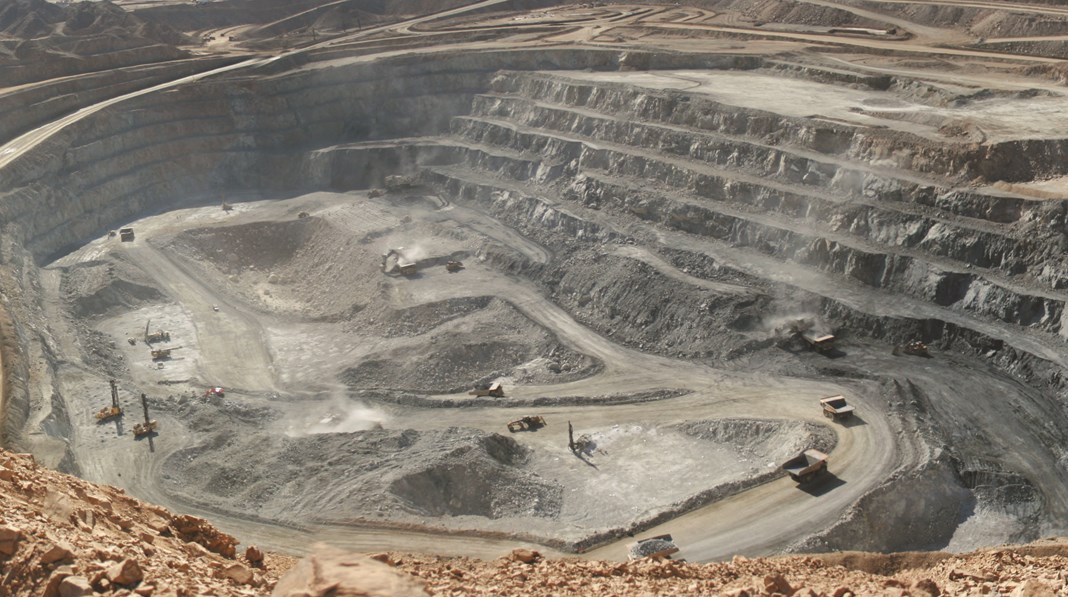
Regrettably, the issue of conflict minerals is not a new one. Even more regrettable is the fact that minerals mined in conditions of armed conflict and human rights abuses continue to find their way to market. This is a fact that also appears to be playing on the minds of global financial and regulatory officials as well, resulting in the recent introduction of new regulations and guidelines from the likes of the Organisation for Economic Co-operation and Development (OECD), the US Government, the European Union and several of the world’s major banking institutions.
On the face of things this shedding of light on a complex problem that blights the minerals sector can only be a positive thing, however there are those that have drawn attention to the potentially negative effects of such broad regulations on those at the lower end of the mining pyramid, namely Artisanal and Small-scale mining (ASM) operations.
“The majority of the regulations we are seeing introduced are primarily market driven and have been drawn up in such a way that they address the major refineries and multinational players in the market,” explains Lina Villa-Córdoba, Executive Director of the Alliance for Responsible Mining (ARM). “Well intentioned as the regulation is, we believe that it creates a risk of further marginalising ASM’s and excluding them from global supply chains.”
So why do new regulations appear to be so narrowly focused on large scale miners and refineries? Well, as Villa-Córdoba explains, the reality on the ground is much more blurred, making it virtually impossible for anyone to be able to draw a straight line that separates what constitutes as mineral that is legally or illegally sourced.
“In a number of countries, Colombia for example, you will often find that mining operations of varying sizes actually operate in what you could call an informal context. Of course this creates a scenario where criminal organisations can utilise all kinds of creative ways to become a part of the business. While legitimate ASM’s have learnt to survive and operate in such a scenario, what they are finding now is that with the introduction of new regulations they are in fact being banded in the same category as the criminals themselves. These individuals are now among those suffering most from the situation. So while it is of course important to recognise the important effects being made by the international community to tackle conflict minerals, there is clearly still much work to be done to create a safety net for the ASM’s affected.”
Where Villa-Córdoba and ARM are concerned their work is to ensure that the debate surrounding conflict minerals does not become detached from the issue of making the ASM sector a formalised, organised and profitable one. With criminal groups known to be using the informality prevalent within the sector in order to permeate it, ARM is focused on bringing the concept of formalisation to the fore and establishing it as the best way to protect those victims of conflict minerals that are perhaps less recognised than others.
As we have documented in the past, one of ARM’s solutions to the problem has been the establishing of its FAIRMINED Standard. ARM uses this as a tool to demonstrate that given the right incentives ASM’s can indeed be convinced of the benefits of formalisation, a process that will ultimately lead to them being recognised as small-scale entrepreneurs running safe operations, as opposed to criminals.
Nevertheless, the FAIRMINED Standard is a demanding certification, one which boasts criteria comparable with guidelines set out by the likes of the OECD or the World Gold Council. In recognising this, ARM is currently in the process of developing a blueprint for all ASM’s whereby FAIRMINED could exists as an end of journey certification. Such a scenario would call for the introduction of a standard of compliance that enables a larger part of the ASM sector to access ethical and responsible markets, and progressively improve its social and environmental performance.
It’s clear that the underlying goal for ARM, and other bodies that share its views, is to see miners of all shapes and sizes, particularly ASM’s, integrated into the wider sector where they can share the same rights and obligations.
“In truth I believe we are long since passed the point of trying to simply understand the problem of conflict minerals, rather we are at the stage now where we have to ask, what are we going to do about it,” Villa-Córdoba concludes. “One of the things giving us great encouragement is the level of interest coming today not just from refineries and operators, but from the larger brands in areas such as the jewellery and electronics sectors. From the discussions we have had with these brands the impression we have is that people have a better understanding of the reality of conflict minerals, that they want to find ways of tackling the issue and that the way to do this should be with a view towards where we collectively want to see the ASM sector of the industry in ten or more years from now.”












